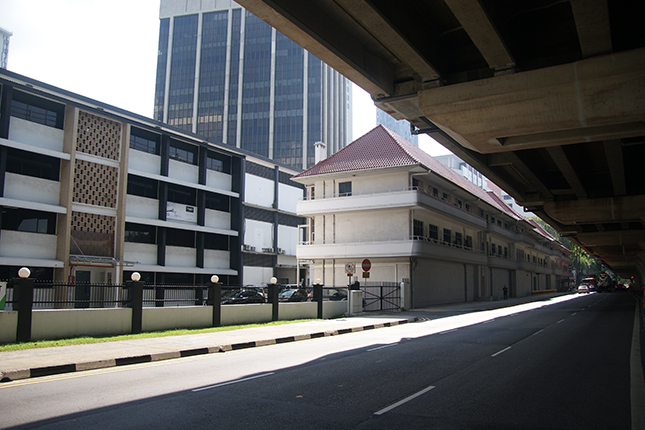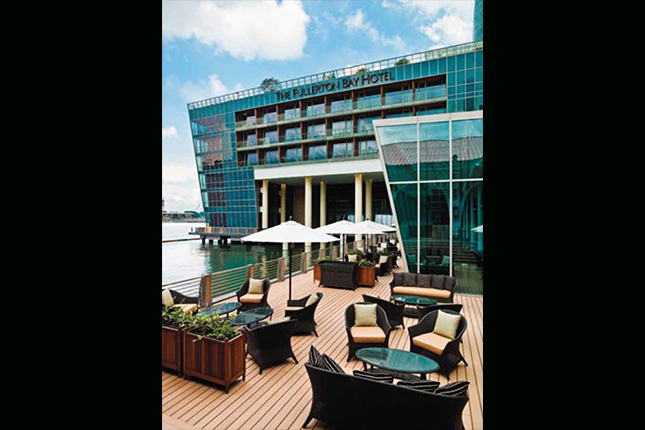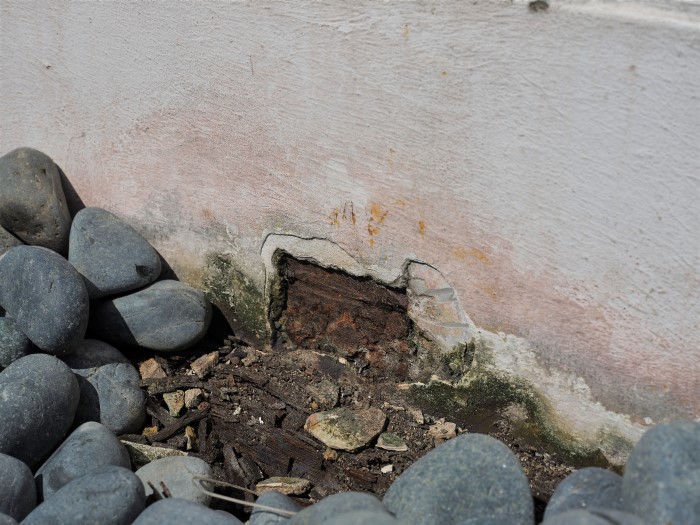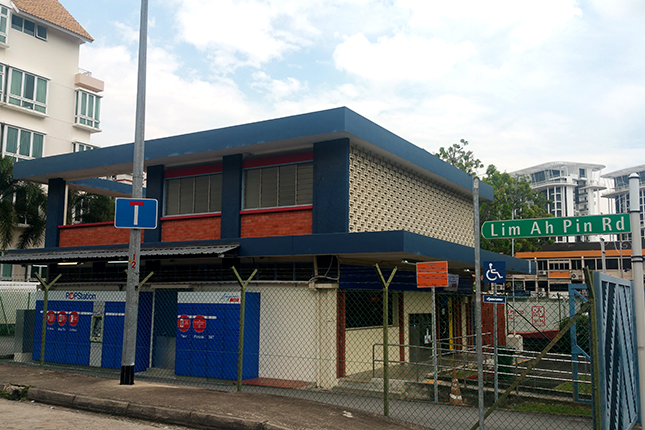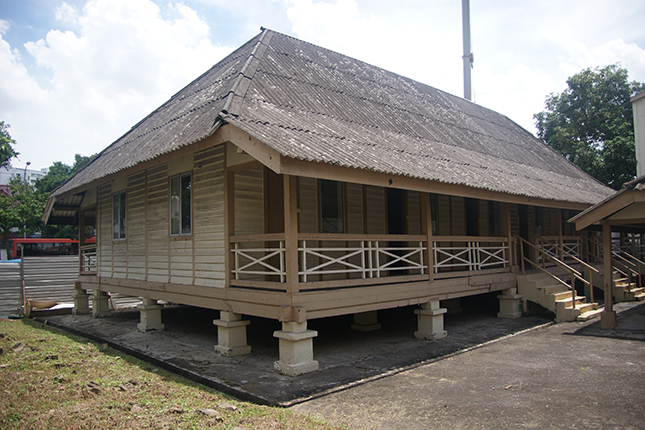Built in 1940s, this colonial building served as the headquarters of several enforcement branches of the Singapore Customs from the 1960s to 2019.
This iconic building hugs the edge of Keppel Road. It is a narrow three-storey colonial building, far longer than its width.
Centrally located amidst towering high-rises, the building’s iconic features include the façade and the terracotta hip roof. The rounded-edge parapet walls with linear mouldings, and big metal-framed glass windows are distinct features influenced by modern streamline movement, a popular architectural trend in Singapore during its time.
The building later served a pivotal role within the Singapore Customs (then known as the Customs and Excise Department).
From the 1960s, it was the headquarters of the Custom’s Land Division, which oversaw the operation of customs stations – strategically located checkpoints that collected excise duties throughout Singapore.
Simultaneously, the headquarters housed Land Squads – valiant teams that battled opium smuggling, conducted checks for contraband cigarettes, and infiltrated Singapore’s jungles in search of illegal samsoo (medicinal liquour) distilleries. With offices on the first level, staff lived on the second and third levels of the building.
In time, the building was occupied by other enforcement branches. During the 1980s, it became the Ports Branch of the Docks Division. Other branches soon begin to relocate here during the 1990s, resulting in its official name, Customs Operation Centre, conferred in 2003.
More changes would follow five years later. A major refurbishment, lasting six months, gave its façade a major facelift and reconfigured its interiors. The building was renamed Customs Operations Command to better represent its enforcement function.
After almost 60 years, the Singapore Customs headquarters finally shifted in 2019. It is uncertain what is next for the original building.
Buildings and sites featured on Roots.SG are part of our efforts to raise awareness of our heritage; a listing on Roots.SG does not imply any form of preservation or conservation status, unless it is mentioned in the article. The information in this article is valid as of December 2019 and is not intended to be an exhaustive history of the site/building.




